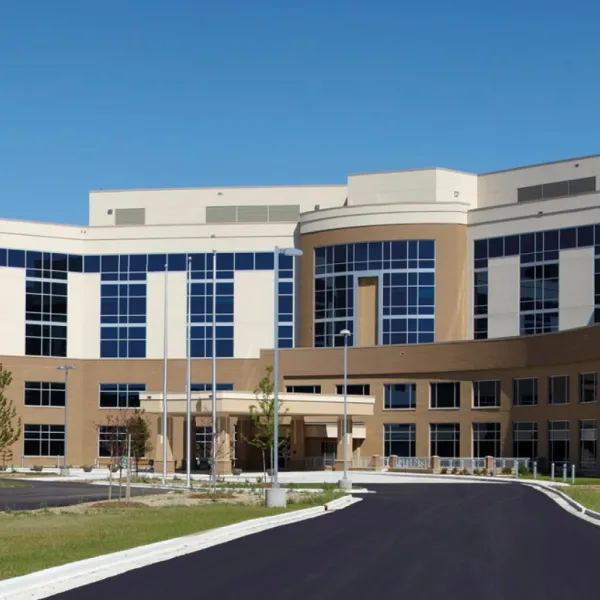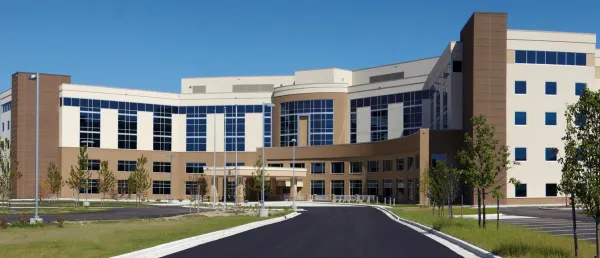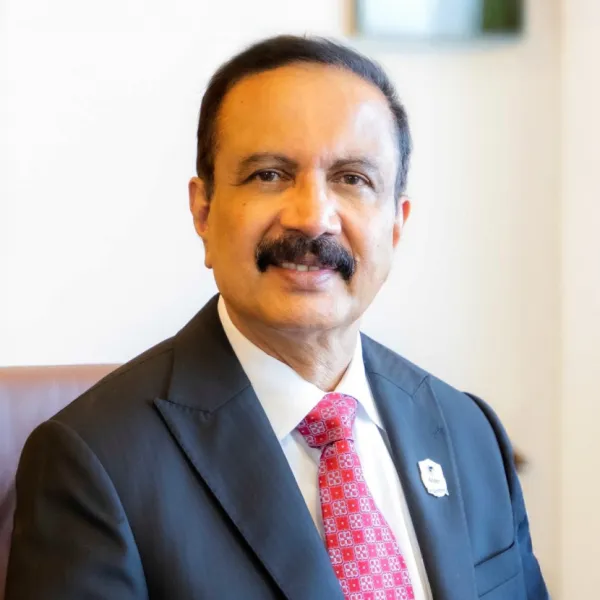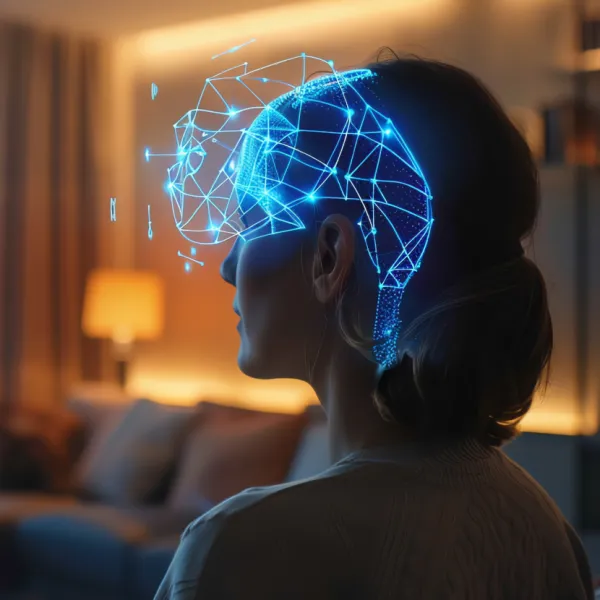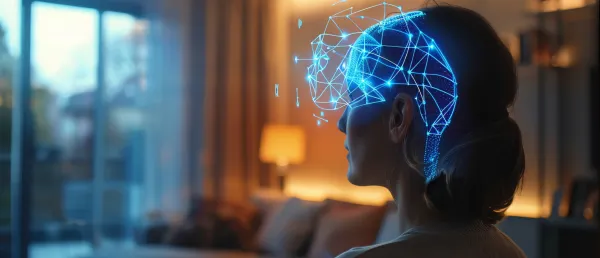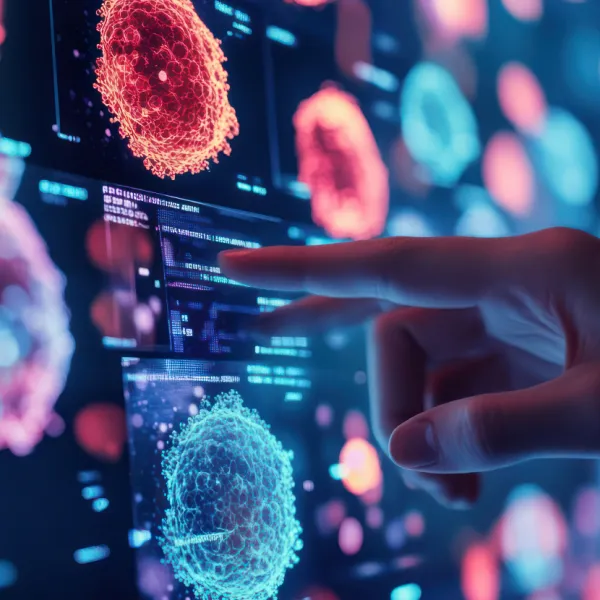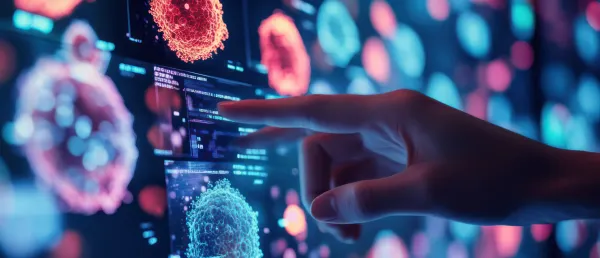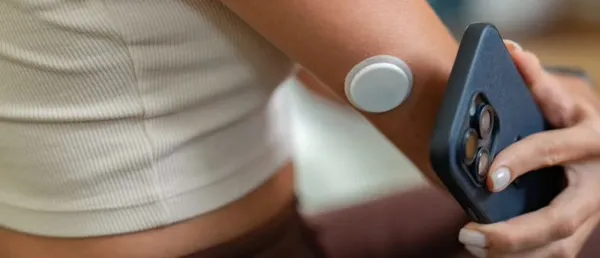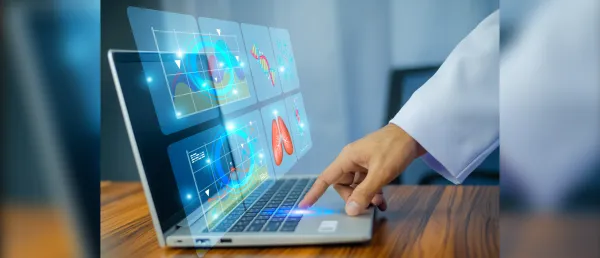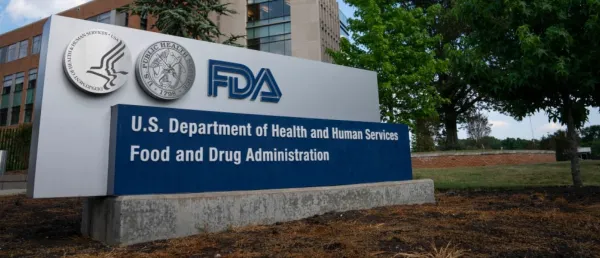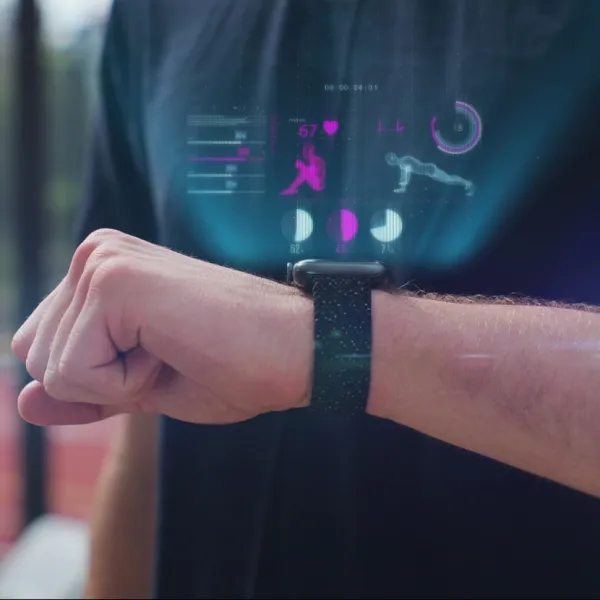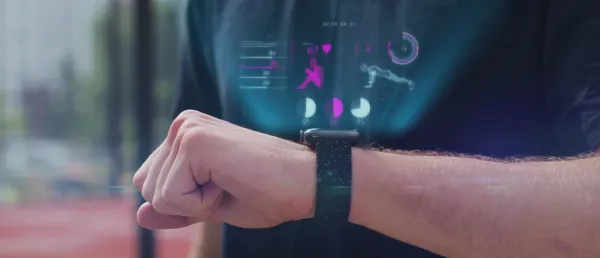Mayo Clinic Discovers Key Brain Signal to Improve Deep Brain Stimulation

This development could lead to better electrode targeting and personalized treatment for Parkinson's disease and essential tremor.
In a recent study published in the Journal of Neurophysiology, Mayo Clinic researchers have identified a new way to record and analyze brain activity during deep brain stimulation (DBS) surgery.
This development could lead to more accurate electrode targeting and personalized treatment for patients with movement disorders such as Parkinson’s disease and essential tremor.
The team used advanced, research-grade equipment and customized algorithms to capture broadband brain signals in 15 patients undergoing awake DBS. Unlike the conventional narrow-band monitoring techniques, the broadband signal recorded spans across all frequencies, offering a higher-resolution picture of neuronal activity.
“We looked at brain activity differently and recorded a type of brain signal called ‘broadband’ that reflects the combined activity across all frequencies and is related to the firing of all brain cells in that region. We found that the broadband activity signal increased with movement and was more precise in location than the standard, more narrow frequency signal,” said Dr. Bryan Klassen, neurologist and lead author.
New Insights Into Motor Thalamus Function
The broadband signal was detected in the motor thalamus, a deep brain region involved in movement control. Previously, such signals were only recorded on the brain’s surface. During the procedure, patients were asked to open and close their hands as the team captured the changes in brain cell activity.
“This study enhances our understanding of how the thalamus, a brain region frequently targeted for deep brain stimulation, processes movement. It may also lead to more precise brain mapping,” noted Dr. Matthew Baker, postdoctoral neurosurgeon and coauthor.
Dr. Kai Miller, neurosurgeon and senior author, emphasized the interdisciplinary collaboration that supported this advancement. “These findings underscore the remarkable advances we can achieve through the close collaboration between the neurology and neurosurgery departments and will help us develop the next generation of brain stimulation therapies,” he stated.
Potential Applications in Adaptive Neurostimulation
The researchers aim to investigate further how broadband signals respond to different movement types and whether these insights could enable adaptive neurostimulation, triggering stimulation only when needed.
“We will be investigating how this signal responds to different types of movements and whether we can use it to control new devices that only stimulate when patients need it, as opposed to constant stimulation, which is more prone to cause side effects,” Dr. Baker added.
The study presents a focused step forward in refining DBS therapy through better signal interpretation, which may improve patient outcomes in movement disorder treatment.
Stay tuned for more such updates on Digital Health News







